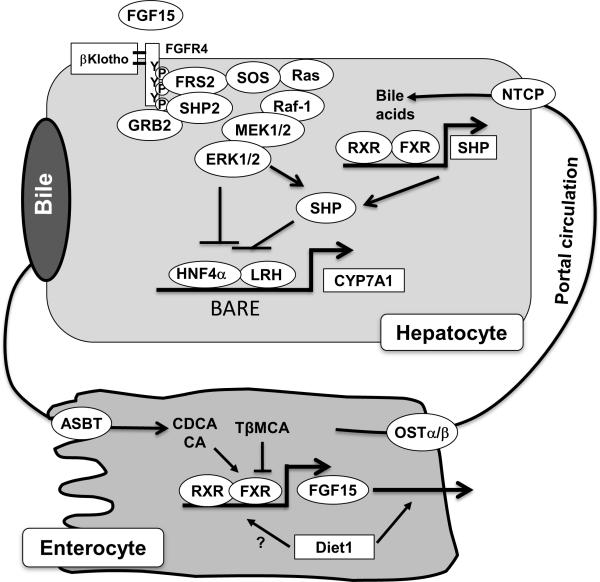Figure 2. Mechanisms of bile acid feedback inhibition of bile acid synthesis.
Bile acidactivated signaling inhibits CYP7A1 and therefore reduces hepatic bile acid synthesis. Nuclear receptors HNF4α and LRH1 bind to the bile acid response element (BARE) located in the CYP7A1 gene promoter and stimulate CYP7A1 gene transcription. In hepatocytes, bile acids activate FXR, which induces the repressor SHP. SHP interacts with and represses the transactivating action of HNF4α and LRH. In the intestine, bile acid-activated FXR induces the transcription of FGF15 (FGF19 in humans). Diet1 may promote FGF15/19 secretion from the intestine. Diet1 may also regulate FGF15 mRNA levels. FGF15/19 binds and activates FGFR4 on the hepatocytes. FGFR4 activates intracellular signaling pathways such as ERK, which leads to the repression of CYP7A1 gene transcription. SHP2 and FRS2 are identified as key components of the FGFR4 signaling complex that activates ERK1/2 in response to FGF15. The intracellular event downstream of ERK1/2 in CYP7A1 inhibition is less well understood, but may involve the inhibition of HNF4α or LRH. ERK has also been shown to stabilize SHP via direct phosphorylation. Disruption of the bile acid feedback signaling caused increased hepatic CYP7A1 expression and enlarged bile acid pool size.

